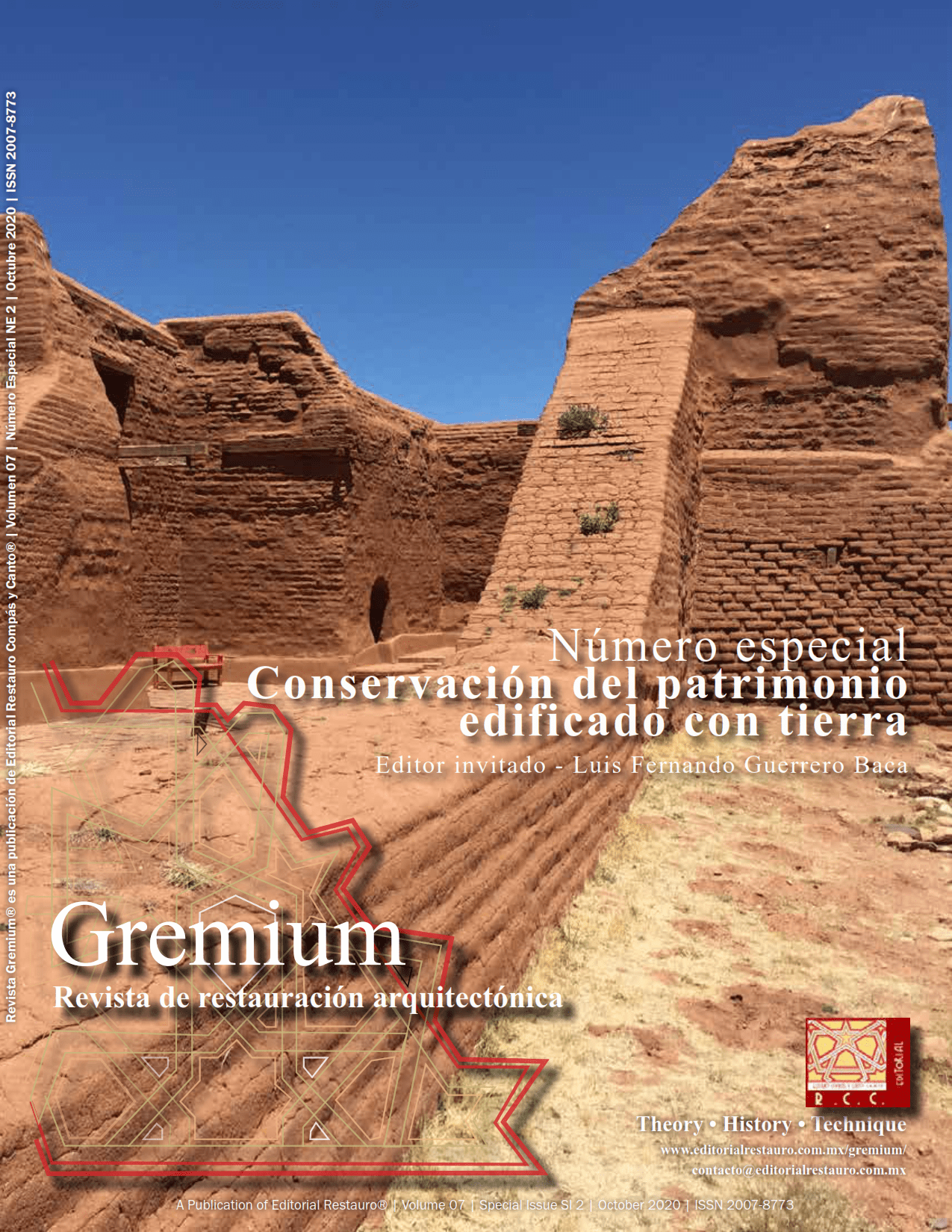León Viejo of Nicaragua: Spanish colonial architecture in the XVI century
DOI:
https://doi.org/10.56039/rgne2a05Keywords:
heritage, context, techniques, stylisticAbstract
The focus of this article is identified the characteristics of the colonial architecture in the implantation phase
of the Spanish colonies in the XVI century in Nicaragua, the context in which this happen and what are the
stablished patterns for the future. Be part of the study of the ruins of the archeological site León Viejo, first city
founded in Nicaragua and abandoned in 1610, been and unaltered heritage. Until now, not in deep studies
have been done about the architecture and the historical, cultural, socio-economic and natural context that
conditioned it. It is framed in the historiography of architecture and the method of study is analytical, starting by
the analysis of the data and historic studies and the analysis of the site. The colonizers in Nicaragua, besides of
following the royal orders for the building, replicated technics and prior knowledge, adapting them to the lack of
tools and work means, the nature and local work force. The building process was slow because it is a territory
with lack of wealth, the high seismicity that destroyed frequently what was build and the lack of architects and
sapphires in this phase. In this architecture, it was implanted a stylistic and design patterns, prevailing the “casa
patio” with porticoed corridors and the roof structure of “par y nudillo” of nasrid influence, being implanted the
“colonial” style that in the future will have been developed into the architectural, religious and housing heritage
of Nicaragua, remaining as central task the proper conservation and continuous study of this architectural
heritage.
Downloads
Downloads
Published
Issue
Section
License

This work is licensed under a Creative Commons Attribution-NonCommercial-ShareAlike 4.0 International License.























